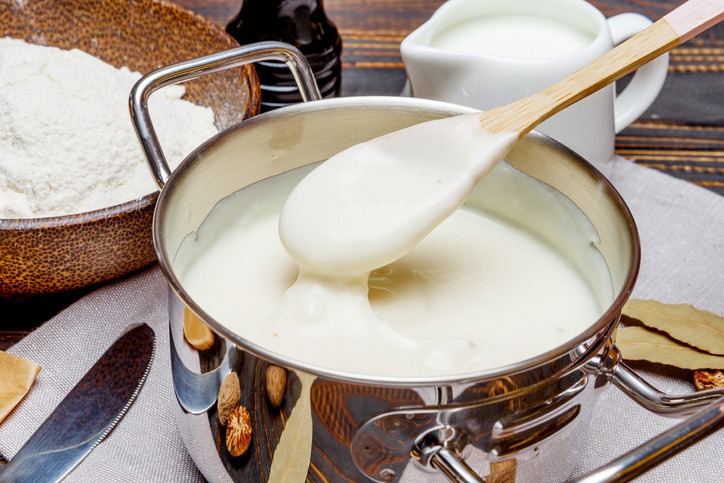Thickening sauces
The quickest way is with a starch, such as cornstarch or arrowroot. Add to cold water, mix until completely dissolved, then add to sauce and stir until desired thickness is reached. The better way, if you have time, is to simply reduce the sauce over medium-high heat, whisking to avoid burning. Cook … Read more
